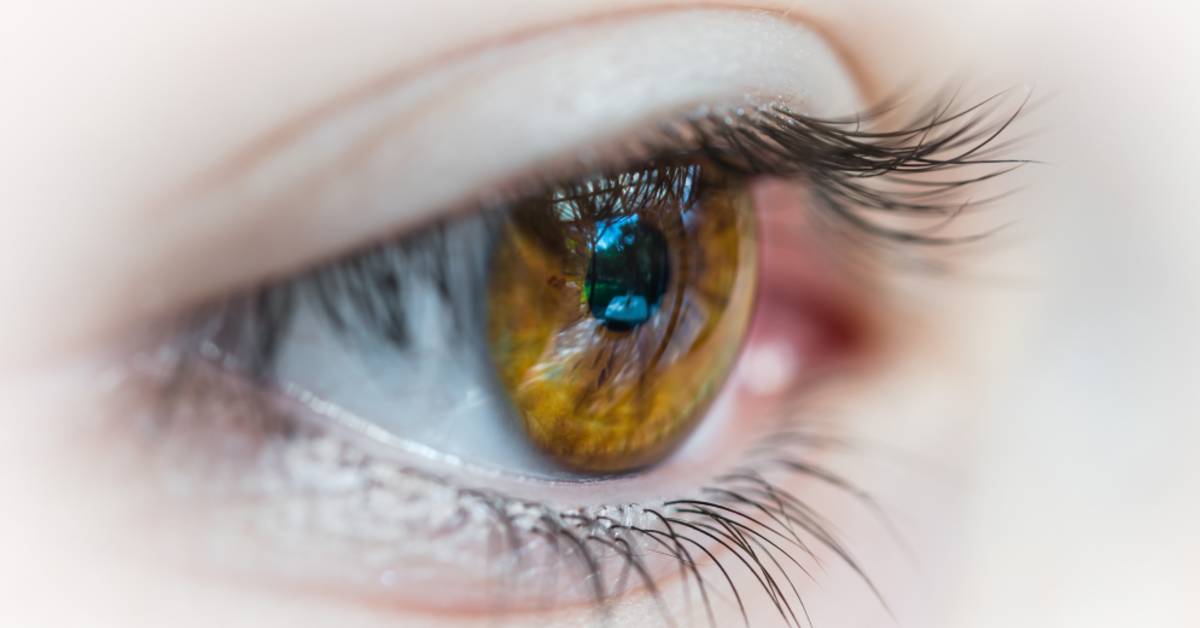
The Capabilities and Limitations of Eye Tracking
Eye tracking is gaining popularity as professionals across industries comprehend its potential. Is Gazepoint eye-tracking technology right for you? Keep reading to learn what our hardware and software packages can offer you, and place your order today to join the revolution.
What Eye Tracking Can Do
Measure where a user has looked.
The essential measurement of virtually any eye tracking system is a gaze point: a point on a user’s screen where the user has looked, recorded with x-y coordinates and a timestamp. Collected over time, gaze points can show you specifically where on a webpage – or other piece of digital content – a participant has looked.
This can indicate:
- User interest or attention
- Effective call-to-action (CTA) banners
- Eye-catching images
- Relevant menu items
- Unusual, distracting, or off-putting design elements
Measure how long a user looked at a certain element.
Another common term in the world of eye tracking is fixation, which is a measurement of a moment when a user looks at a specific point for a length of time. Human vision is often made up of saccades, or rapid eye movements, which we use to gather a large amount of information quickly to build a “big picture” understanding of what we’re looking at. True information gathering, processing, and understanding takes place during fixations when we are focused on one item.
This can indicate:
- User interest or confusion
- A relevant ad, CTA banner, or product
- A hard-to-understand image or section of text
- An engaging image or section of text
Measure how a user’s gaze moves across the page.
One of the greatest benefits of utilizing eye-tracking technology is the ability to record a participant’s eye movements over time, tracking what they look at and how they navigate a page. If you order a Gazepoint bundle with eye-tracking software as well as hardware, you can study curated gaze fixation paths from individual participants. You also have the option of studying a heat map that uses a color gradient to indicate a user’s attention, with warmer colors like yellow, red, and white to indicate areas where they fixated for longer periods of time.
This can indicate:
- How a user searches for specific items
- Where a user looks for specific items
- What elements catch and hold a user’s attention
- Which elements a user references more than once
What Eye Tracking Can’t Do
Eye-tracking technology does have its limitations. While the data it gathers can provide unique insight, eye tracking software can’t give you all the answers. Here are a few things your eye tracking hardware and software combination can’t do:
Measure why a user looked at a certain element.
Studies show that there is a strong connection between what we humans look at and what we’re thinking about or paying attention to. Therefore, eye tracking can serve as a powerful indicator of what potential users will look at or look for, but it can’t tell you why they are paying attention to that specific element. As we have mentioned, the metrics gathered by the Gazepoint eye tracker can indicate positive or negative results, but as a purely quantitative source of data, our eye tracking software can’t indicate which category each gaze point would fall under. For those answers, you’ll have to rely on other, more subjective forms of feedback.
Measure what a user is feeling.
There are ways to physically measure and estimate someone’s emotions, but the ability of eye tracking is limited in this area. There are metrics regarding pupil dilation that you can track, since pupil dilation is a generally reliable indicator of interest, excitement, or arousal, but there are other hardware options that are better suited to recording such metrics, including Gazepoint’s biometric sensors. We offer a galvanic skin response sensor with heart rate tracking alongside an analog user engagement dial participants can use for self-reporting for those who want better data on a participant’s physical response to certain stimuli.
Why Utilize Eye Tracking
While the abilities of eye-tracking technology may seem limited, there is one thing you should keep in mind: the data your eye tracker gathers has meaning and it is objective, quantitative data. You do not have to depend on a study participant’s memory of their experience or their subjective opinion surveyed after the fact. It’s important to remember that the metrics your eye-tracking software collects have meaning that can better inform the business decisions you make, and you can combine surveys and other methods of user experience (UX) testing with eye tracking.
How to Integrate Eye Tracking into Usability Testing
When it comes to helping your business succeed, you should use all the tools you have available to you. That includes integrating eye tracking into your UX testing process. You don’t have to throw away any of the UX experiences you have utilized in the past. Instead, use your past methods alongside eye tracking to learn more and bring more depth to the data you gather. We also recommend using all of the tracking hardware Gazepoint has to offer for a more comprehensive understanding of a user’s experience, utilizing not only our GP3 eye tracker but also our biometric sensors.
Learn More With Gazepoint
Eye-tracking technology has a lot to offer a broad range of industries and professions, especially those sectors employing digital usability testing. To gain a greater understanding of the user experience surrounding your products, invest in a Gazepoint eye tracking bundle today. We offer a complete UX testing kit with research-grade biometric and eye-tracking hardware alongside our Gazepoint Analysis UX software. Order the complete package today, and enjoy three years of warranty coverage, software updates, and support.



